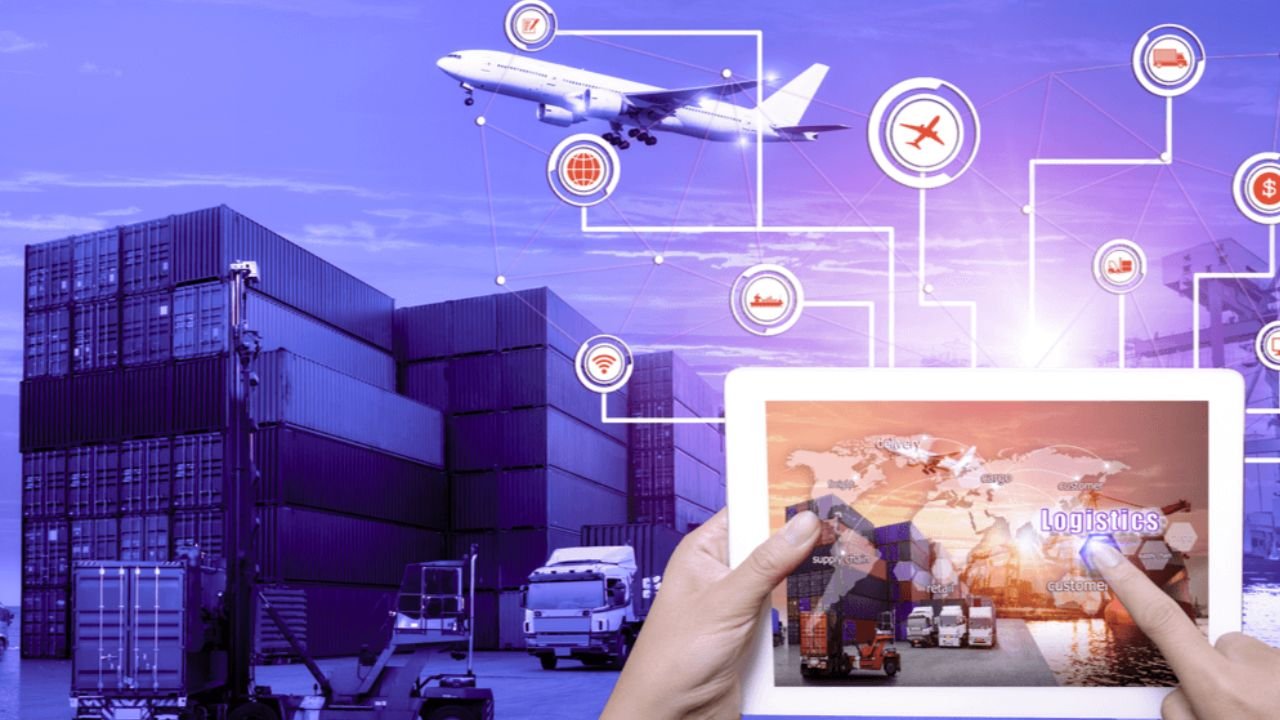The logistics industry is moving at a rapid pace, driven by technology and the growing demand for faster, more reliable deliveries. In 2025, smart logistics is no longer a futuristic concept but an essential part of global supply chains. Companies are now embracing Artificial Intelligence (AI) and the Internet of Things (IoT) to streamline operations, cut costs, and provide seamless customer experiences. This transformation is reshaping how goods are stored, tracked, and delivered across the world.
The Rise of AI in Logistics
Artificial Intelligence is playing a central role in logistics by providing predictive insights and automation. AI-powered algorithms help logistics providers forecast demand, optimize routes, and manage warehouse operations with greater accuracy. For example, machine learning models can analyze historical data to predict peak delivery times, helping companies allocate resources efficiently. AI chatbots are also becoming popular for customer service, offering instant updates on shipment status and resolving common queries without human intervention.
IoT and Real-Time Visibility
The Internet of Things has become a backbone for real-time tracking and monitoring in logistics. IoT devices such as GPS sensors, RFID tags, and smart trackers allow companies to monitor the exact location and condition of shipments. This visibility ensures transparency across the supply chain and helps prevent losses or delays. In sectors like pharmaceuticals and food, IoT sensors monitor temperature and humidity to ensure product safety, making compliance easier and reducing wastage.
Improving Last-Mile Delivery
Last-mile delivery remains one of the biggest challenges in logistics. Customers expect faster deliveries, especially with the growth of e-commerce. AI and IoT are solving this challenge by enabling smarter route optimization and vehicle tracking. AI-driven systems can calculate the most efficient delivery routes by considering traffic patterns, weather conditions, and delivery density. Meanwhile, IoT-enabled delivery vehicles send live updates, ensuring customers can track their packages in real time. Some companies are even testing drones and autonomous vehicles to make last-mile delivery faster and more cost-effective.
Warehouse Automation and Robotics
Smart logistics is not limited to transportation; warehouses are also undergoing a massive shift. AI and IoT technologies are powering robotics systems that handle picking, packing, and sorting with minimal human involvement. Automated Guided Vehicles (AGVs) and robotic arms are improving warehouse efficiency by reducing errors and speeding up order fulfillment. IoT devices inside warehouses track inventory levels in real time, ensuring that stockouts and overstocking are minimized. This integration helps businesses save money and improve overall supply chain efficiency.
Enhancing Supply Chain Resilience
The pandemic highlighted how vulnerable global supply chains can be to disruptions. In 2025, companies are using AI and IoT to build resilience. Predictive analytics powered by AI helps businesses prepare for potential risks, whether they are related to demand fluctuations, transportation delays, or supplier issues. IoT-enabled monitoring ensures companies can detect disruptions in real time and take immediate corrective action. This proactive approach helps maintain continuity and reliability, even during uncertain times.
Sustainability Through Smart Logistics
Sustainability is another area where AI and IoT are making a big difference. With growing environmental concerns, companies are under pressure to reduce their carbon footprint. AI helps optimize transportation routes to minimize fuel consumption, while IoT provides detailed data on energy usage and emissions. Smart warehouses are using IoT sensors to monitor energy efficiency, reduce wastage, and adopt renewable energy solutions. As customers become more eco-conscious, sustainable logistics practices are also enhancing brand reputation and customer loyalty.
Future Outlook for 2025 and Beyond
The journey of smart logistics has only just begun. As technology evolves, AI and IoT will continue to redefine the industry. From autonomous delivery vehicles and drone-based shipments to fully automated smart warehouses, the possibilities are endless. Logistics providers who embrace these technologies early will have a significant competitive edge. By 2025, smart logistics will not only be about efficiency and cost savings but also about building agile, sustainable, and customer-focused supply chains.
Conclusion
Smart logistics in 2025 represents a complete transformation of supply chain management. With AI and IoT at the forefront, businesses are achieving real-time visibility, predictive decision-making, and enhanced efficiency. From warehouse automation to last-mile delivery, these technologies are solving long-standing challenges while paving the way for a more sustainable and resilient future. As companies continue to invest in innovation, smart logistics will remain the key driver of growth and competitiveness in the global marketplace.
